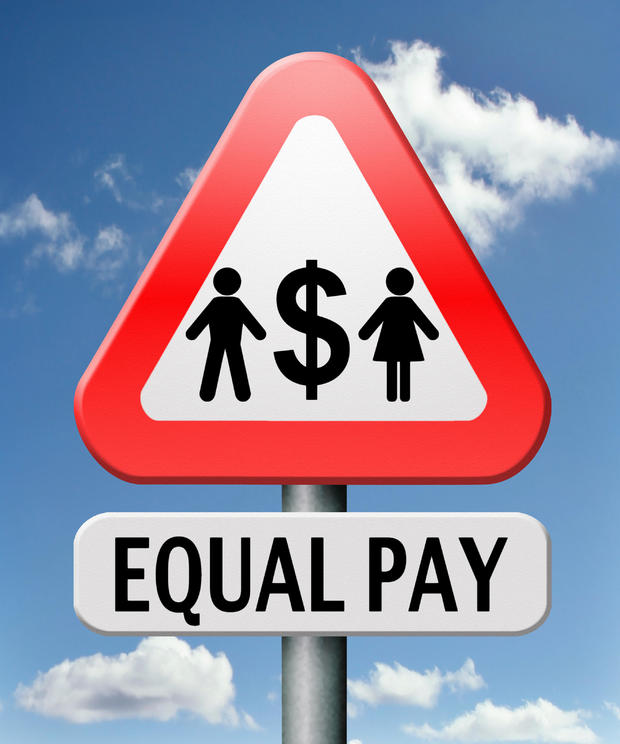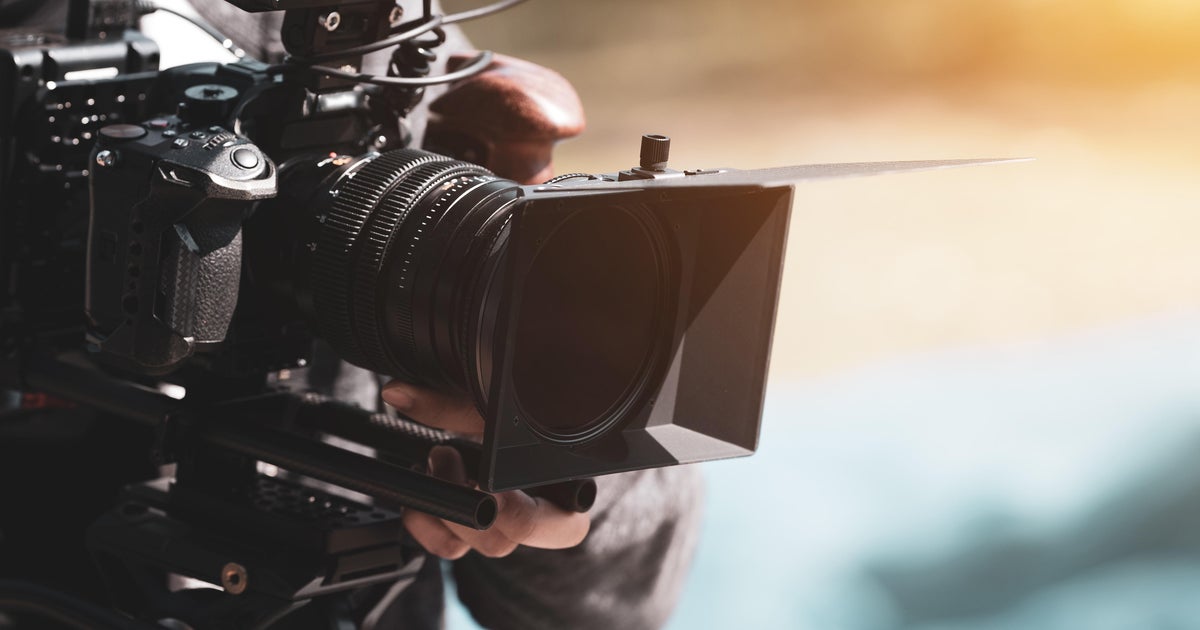The U.K. just banned sexist ads -- should America follow?
While debate rages over the portrayal of gender on television and in movies, there is one region of the media world that's drawn less scrutiny for the persistence of sexist stereotypes: commercials.
Some experts and regulators are now taking a look at how women and men are depicted in TV advertisements, and the findings aren't pretty. Women tend to be relegated to domestic roles, while men are more likely to be shown at work or sporting events.
Men in commercials speak three times as much as women, according to a recent study from the Geena Davis Institute on Gender in Media at Mount Saint Mary's University and advertising firm J. Walter Thompson New York. By comparison, the film industry depicts male characters speaking twice as often as female characters, the Davis Institute found in an earlier study.
Citing the potential for such depictions to cause "real public harm," Britain's Advertising Standards Authority said this week it will strengthen and develop new regulations to keep offensive ads off the air. Ads showing a woman cleaning her house wouldn't be banned, but a commercial that shows a man bumbling with a basic parental or household chore would be problematic, the group said.
In the U.S., gender-based stereotypes may be just as rife with problems as in Britain, although the First Amendment means government is limited in its regulation of commercials' content, except in certain cases such as children's TV. Yet the findings from the Geena Davis Institute and the U.K. regulator raise questions about why the advertising industry continues to rehash antiquated gender roles and whether it needs to do some soul-searching.
"I thought we would definitely see some disparity between the roles of women and how they are portrayed -- seeing women in the kitchen, those things I thought we would see, and that came out loud and clear," said Lynn Power, chief executive of J. Walter Thompson New York.
What was surprising, she added, was "the volume of presence that men had on screen in terms of visibility and speaking versus women. I didn't think that would be as dramatic."
To top it off, not much has changed in a decade, the study found. In 2006, about 44 percent of all commercials depicted women on screen for less than 20 percent of the time. The needle still stood at 44 percent in 2016, the researchers said. Overall, men get four times as much screen time in TV commercials as women.
Regardless of how that gender disparity in ads is explained, one thing is clear: It's out of touch with reality. Women compose 47 percent of the labor force, while about 52 percent of all management, professional and related occupations are held by women, according to Catalyst, a non-profit focusing on women and work.
At the same time, women continue to suffer from a gender pay gap -- where they are paid less for doing the same job by a man of equal skills, experience and education -- and are less likely to hold top management roles than men.
Britain's ad regulator said the gender stereotypes in commercials result in girls and women being portrayed in "caring or service roles," while boys were shown as "more energetic and disruptive." But men aren't always positively depicted, with the watchdog noting that husband were often "shown as lazy, stupid or not taking responsibility for household tasks."
Sexualization of girls and women, as well as mockery of those who don't conform to traditional gender roles, were also problematic, the group said.
"In our own experience in coaching women, something we hear about is women aren't as comfortable voicing their opinions," Power said. Commercials "reinforce maybe what you already think" about how women shouldn't speak up.
Because commercials need to quickly reach an audience, ad creators may be relying on stereotypes as a quick shorthand to grab viewers' attention, she added. Bolstering the ranks of women in creative roles at advertising firms may help the industry back away from stereotypes, as well as thinking about how to "dig deeper and find insights" that bring depth and reality to ads, Power said.
The success of ad campaigns such as Always' #LikeAGirl push, which shows girls and women playing sports, as well as Dove's body-positive "real beauty" campaign, show the cultural resonance of ads that more accurately reflect how women live and work. Yet those ads remain the exception rather than the norm.
"We are seeing things change," Power said, while adding, "Unfortunately, it's not enough."




